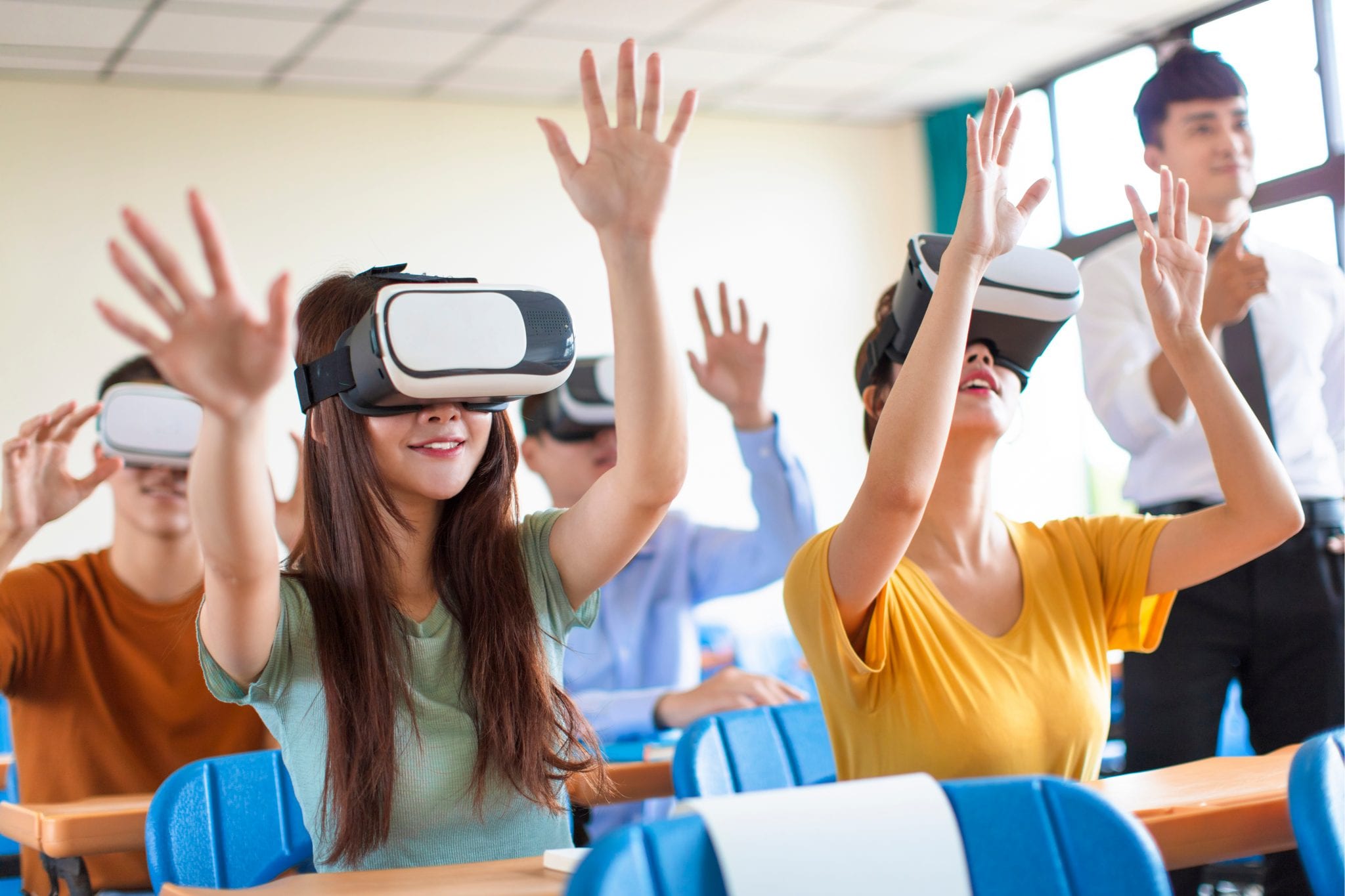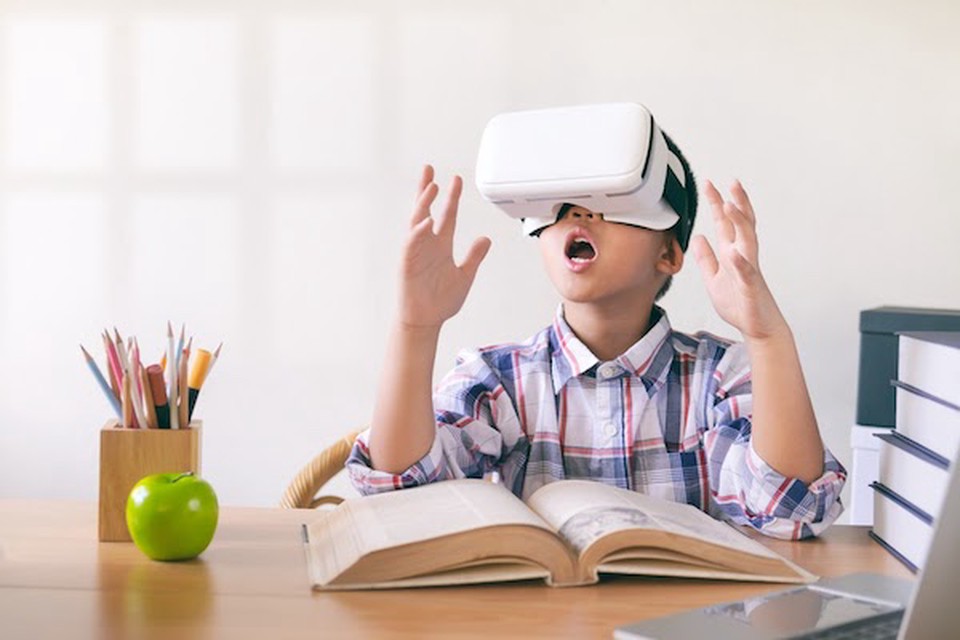
In an age of rapidly advancing technology, teachers and curriculum developers are constantly searching for the next best way to improve the learning experiences of their students.
One of these ways is through the use of cutting-edge virtual reality technology, which can not only create a more immersive space for students to learn but also provide them with more hands-on experience to grasp new technologies that will encourage them to innovate in the working world.
However, like any new technology, using virtual reality (VR) in the classroom can offer several benefits but also presents certain challenges. Here are two benefits and two downsides:
Enhanced Learning Experience:
Virtual reality immerses students in realistic and interactive environments that are otherwise inaccessible or impractical in traditional classroom settings.
For those studying geography, places and cultures that were once out of reach for many students are now available to be explored at the touch of a button.
This immersive experience can significantly enhance learning by allowing students to explore concepts firsthand, visualize abstract ideas, and engage in experiential learning. While learning facts and information in a lecture-style classroom with the aid of textbooks can be equally impactful for students, nothing can beat a hands-on experience.
These experiences can not only further learning but may inspire students to develop a particular affinity to certain subjects, especially after receiving a hands-on experience.
For example, students studying history can virtually visit ancient civilizations. At the same time, those learning about biology can explore the human body at a cellular level, leading to deeper understanding and retention of knowledge.

Increased Engagement and Motivation:
VR technology captivates students’ attention and stimulates their curiosity, resulting in higher levels of engagement and motivation.
As textbook learning can present as a passive method of learning, it can be a good way to drill facts and cover revisions, especially when it is close to the exam crunch time.
However, when there is extra room for exploration, it might be good to consider a change in learning style. This is where something like VR technology can come in.
The interactive and dynamic nature of VR experiences encourages active participation and encourages students to take ownership of their learning.
Additionally, VR can accommodate diverse learning styles and preferences, catering to visual, auditory, and kinesthetic learners alike. As a result, students are more likely to stay focused, retain information, and develop a genuine interest in the subject matter.
With the introduction of every new technology, there are of course going to be some downsides and challenges to the application, especially in the context of the classroom. Here are some examples of the downsides to the implementation of VR in the classroom, so that you, the reader, may form your own unbiased opinion.
Cost and Accessibility:
One of the primary drawbacks of using VR in the classroom is the cost associated with implementing and maintaining the technology. For schools that mainly provide for students of the lower income bracket and rely heavily on government subsidies, they might have more pressing matters to use their funding on, rather than spending it on upgrading their technology.
As a result, pushing for the implementation of VR technology, before all schools are ready to take it on board financially, might further increase the wealth and education gap.
VR hardware, software, and content creation tools can be expensive, making it challenging for schools with limited resources to adopt VR technology on a large scale.
Additionally, even if the school can provide a set or two of VR equipment for the campus, it might be hard to ensure equitable access to VR experiences for all students. This can especially be the case in schools with budget constraints or inadequate infrastructure. This disparity in access could exacerbate existing educational inequalities and widen the digital divide among students.
Not to mention, it might be harder for schools with a lower salary to find or train teachers who use VR technology to join their faculty to guide the students in technological advancements.

Health and Safety Concerns:
Prolonged exposure to virtual reality environments can potentially cause discomfort and adverse effects on students‘ health and well-being. Issues such as motion sickness, eye strain, and disorientation may arise, particularly among younger users or individuals with pre-existing medical conditions.
Moreover, concerns regarding the safety and supervision of students while using VR equipment must be addressed to prevent accidents or injuries.
Not only that, there must be proper guidelines in place for online safety when using VR equipment, so that it cannot abused to access unmoderated online spaces, especially when younger students are involved.
Educators must implement guidelines for responsible VR usage, including appropriate duration limits and regular breaks, to mitigate these health and safety risks.
In conclusion, while virtual reality holds promise as a powerful educational tool, its integration into the classroom comes with both benefits and challenges. By carefully considering these factors and implementing strategies to address potential drawbacks, educators can harness the transformative potential of VR technology to enhance student learning experiences effectively.
